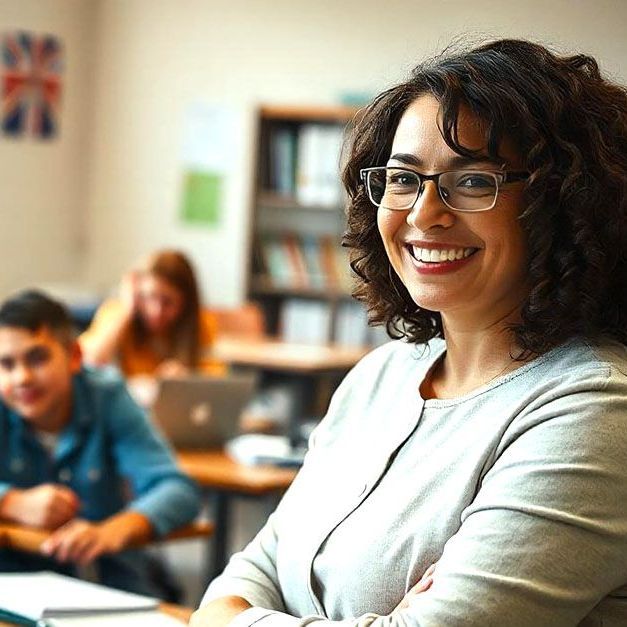Benefits of Paired Texts for Teaching Reading
Paired passages or paired texts are texts that are connected in some way. When the Common Core State Standards rolled out years ago, the concept of teaching with paired texts surfaced. At first, English teachers were worried that the demand for more nonfiction and the requirements of CCSS, R.9 would limit the amount of fiction they could teach. Over time, it became evident that pairing texts and teaching students how to “analyze how two or more texts address similar themes or topics in order to build knowledge or to compare the approaches the authors take” (CCSS, R.9) actually has more advantages than disadvantages. Many states are moving away from CSCC (mine included), but the standard of pairing texts is still required. Not only does pairing texts meet this specific standard, but also it allows you to address several others at once. Once I began to see the benefits of paired texts for teaching reading, it stuck. This is one strategy that will be a permanent part of my teaching reading toolbox. In this blog post, I’ll share why I use paired texts to teach reading in my secondary English classroom.
BENEFIT OF PAIRED TEXTS #1: DIFFERENTIATION
The origin of pairing texts was derived from the need to make reading instruction more rigorous, and adding layers of texts and passages certainly can do that. However, I think one of the benefits of paired texts for teaching reading is that, if chosen carefully, this is a strategy that teachers can use to reach all learners whether they are excelling or emerging readers. For example, if you are reading a longer text, struggling readers might get lost in the volume of material. Pairing that text with another shorter, simpler, or less complex text with a similar plot, conflict, or theme could give those students a stepping stool for understanding the larger text. In this way, a paired text acts as a scaffold for the emerging readers.
On the flip side, if you are teaching a piece of fiction to excelling readers, you can bring in a more complex nonfiction piece to challenge those students. Here a paired text challenges students and increases the depth of knowledge.
BENEFIT OF PAIRED TEXTS #2: DIVERSITY
Many reading lists are derived from the traditional canon of literature, and if we are being honest, that list doesn’t present as very diverse. However, districts set those reading lists for various reasons, and teachers are required to comply. I am pro-canon, but not in the sense that I don’t recognize that there are gaps in the traditional canon. It’s our my job to erase those gaps and fill them with more timely and audience-appropriate choices. Pairing texts allows me to expand by adding material with a variety of authors and characters. If your reading list is heavily balanced or fixed on while male authors, it is 100% possible to branch out with pairings by women, Black, and multicultural authors.
Addressing and acknowledging diversity for me isn’t just about checking the box, so to speak, either; the richness of a diverse reading list is interesting and inspiring, and I wholeheartedly believe it is one way to dismantle the perpetuation of racism in curriculum. The benefit of paired texts to teaching reading in this case is twofold: it opens students eyes to others’ experiences, and it acts a mirror for all students. Inclusion starts in our classrooms.
BENEFIT OF PAIRED TEXTS #3: REAL-WORLD READINESS AND RESEARCH
Whether students are on the track to a college or career, they will likely be required to sift through multiple pieces of information for various reasons. If students head to college, they will undoubtedly be asked to read multiple reports and synthesize in science class. If students head to work, it is very likely they will be required to manage reports, emails, or sets of directions to accomplish their job. Pairing a memoir or movie with a primary source document teaches students to look for more. It teaches the need for and value of research and facts. It teaches the need for awareness and unpacking of current events. When we make the choice to pair texts that take students beyond the four corners of one text to open up a new world of information, bias, points of view, and more, then, in our English classrooms, we are not only increasing their reading comprehension, but also, we are preparing them to be successful beyond our classrooms — in the real-world.
BENEFIT OF PAIRED TEXTS #4: CROSS-CURRICULAR CONNECTIONS
Sometimes I think students have the mistaken idea that each class they take operates in a silo. We know that couldn’t be further from the truth, but how much effort do we make to show students that subjects are connected? We are busy, right? We have enough of our own standards to cover, right? But what if we can cover those standards and have students make connections? According to an article by bigthink.com, “Pattern recognition is one of the things human brains are exceptionally good at.” When we offer students texts sets from different subjects — a scientific info text article on how fire works when reading Fahrenheit 451, for example — they begin to make connections.
Pairing texts from other subjects also expands vocabulary. Students see how their knowledge of domain-specific vocabulary in one subject can actually help them process information in another subject. Higher order thinking skills involve applying knowledge, finding connections between facts, understanding the material, and manipulating the information in order to find new ways to discover solutions to problems. Pairing texts opens the door for all of the above.
BENEFIT OF PAIRED TEXTS #5: STUDENT INTEREST
Teacher enthusiasm, past experiences, schema, text selection, reading ability: all of these play a role in students’ enjoyment of reading. Pairing texts from different genres, authors, etc. is like providing a buffet of texts for students to sample. Eventually, students will find something they like, and hopefully, they will continue reading down that path. I love it when students ask me, “Does that author have anything else?” or “Could I borrow that book to read it again?”. When we are willing to step out of our comfort zones, students see that. It models for them how to be open-minded and how look for more. At the end of the day, my number one goal — standards aside — is for students to enjoy reading.
When the choices we make regarding curriculum and pedagogy benefit the children we teach, then we know we have might the right choice. Access the next blog post in this series for practical tips for how to select and use paired texts in the classroom. Be sure to follow along my blog by subscribing to email notifications, so you won’t miss new posts.
Love this content?
Sign up for my email newsletter with more tips, ideas, success stories, and freebies!















